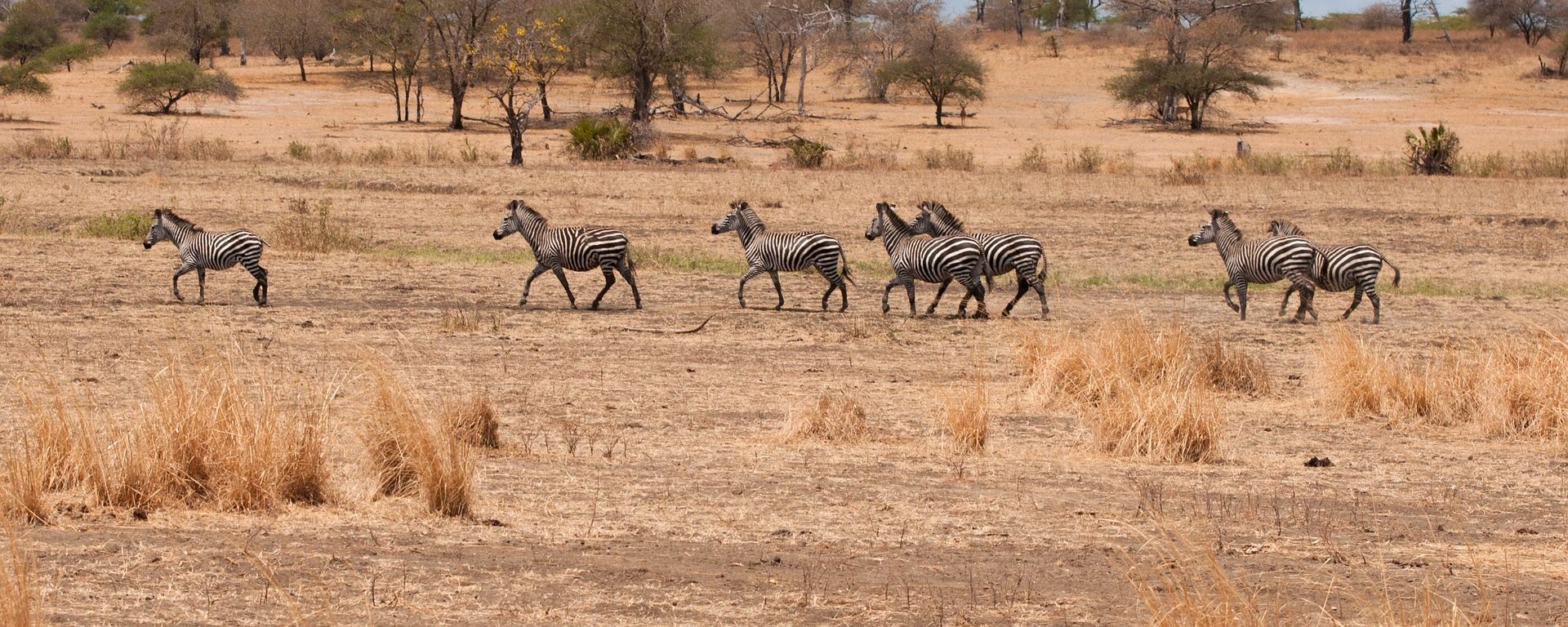Dr. Katja Irob summarises their latest study, conducted alongside colleagues, which analysed the impacts of climate change and rangeland management on degradation in Savanna ecosystems of southern Africa. Findings suggest that, in the face of climate uncertainty, farmers’ most effective strategy for securing their livelihoods and ecosystem stability is to integrate browsers and apply management of mixed herbivore communities.
Savannas as hot spots of environmental change
Savannas, comprising woodland-grassland ecosystems, span approximately 20% of the earth’s surface. Southern Africa is particularly notable for its vast savannas that are predominantly used for livestock production, serving as the major source of income.
However, intense grazing pressure in combination with highly variable precipitation, and frequent droughts, have led to widespread degradation of these systems, often triggering tipping points, where grass-dominated landscapes transition to shrub-dominated ones. With land use and climate change simultaneously leading to further reductions in water resources, a pressing challenge is to determine how to enhance rangeland management in the face of projected climate change to prevent these tipping points.
Land use change from livestock to wildlife
In response to increasing degradation, many farmers have shifted from livestock to wildlife-based rangeland use, which was encouraged by various policies in Southern Africa. However, this transition implies also changes in feeding habits, which can then impact feedbacks between vegetation, soil, and water dynamics.
As a result of these complex feedbacks, quantifying the ecological impacts of wildlife on vegetation and long-term resilience remains challenging. This applies all the more when assessing the impacts of having more browsers on the farm, or how these ecosystems cope under extended droughts or under future climate change projections.
Climate uncertainty
In navigating the complexity of climate uncertainty, it is imperative for ecological studies to consider multiple climate projections, which cover better the range of potential future scenarios. To illustrate the importance of considering multiple climate models and the uncertainties in regional projections, we looked at regional projections for our study area. We found that while there is relatively high confidence in the projected temperature increase among different climate models (GCMs: General Circulation Models) for our study region, the direction of change for precipitation is extremely variable and therefore comes with high uncertainty.
How does rangeland management affect savanna resilience to climate change?
In this study, we delved into the combined impacts of different rangeland management types and the uncertainties posed by various climate projections. The different rangeland management types comprise herbivores – grazers, mixed-feeders, and browsers – exercising considerable influence over the fate of a savanna ecosystem.
Initially, we observed that grazing strongly reduced grass cover, particular under droughts. This in turn triggered a cascade of events, leading to a decline in crucial plant functional diversity essential for water conservation and soil stability.
Since the loss of vegetation cover and plant functional diversity had been linked in other studies to reduced water use efficiency (WUE), we also investigated WUE, here defined as the amount of precipitation used for plant transpiration. High grazing was the main factor causing a decline in WUE. This resulted from less grass cover and changes in functional types, causing more water loss through evaporation and ultimately reducing WUE.
As we probed further, we explored tipping points – a pivotal moment where grass-dominated landscapes shift to a woody-dominated savanna. We found that tipping points in systems with grazers occur very early on across all climate model projections and are therefore certain to occur. In systems with mixed herbivory or low grazing intensity, tipping points only occur much later and in fewer cases, therefore being more uncertain to predict.
These results confirmed that the intensity of grazing has a greater impact than climate change alone!
In every scenario, we found that intense grazing was the main source of uncertainty. Additionally, we noticed that climate had a stronger effect on ecosystems already facing disturbances, such as land use. This suggests that climate is not the only force driving changes, but that it interacts with other disturbances in ecosystems already under stress.
Promoting landscape complexity for robust ecosystem resilience in the face of environmental challenges
In conclusion, our research in a semi-arid savanna as highly vulnerable ecosystem highlights that utilising diverse herbivores and functionally diverse plant communities in rangeland management can improve ecosystem resilience, minimise the risk of irreversible degradation, and better manage uncertainties associated with climate change.
Read the full article “Navigating uncertainty: Managing herbivore communities enhances Savanna ecosystem resilience under climate change” in Journal of Applied Ecology




